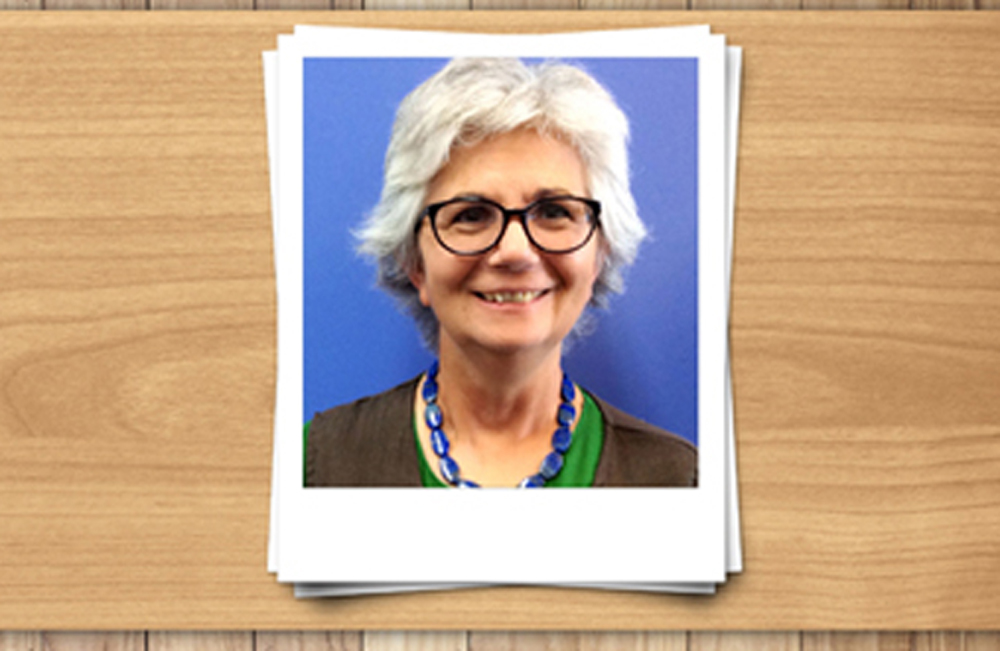Clinical professor Fiona Stoker, chief nurse and midwifery officer for Tasmania, discusses embedding the infrastructure for simulation-based learning.
The Tasmanian health and education sector has made significant investments in simulation equipment and infrastructure over the last five years to support education for both undergraduates and professional development programs. The nationally driven Simulated Learning Environments (SLE) project, managed through Health Workforce Australia’s (HWA) agenda, aims to produce more effective, streamlined and integrated clinical training arrangements and to support workplace reform initiatives. It has provided the opportunity to progress the achievements already made in Tasmania. Increasing simulation-based learning in undergraduate education has been identified as a key initiative for relieving the pressure on health services for clinical training. It addresses concerns raised through the quality and safety discourse by improving preparation for practice and providing tailored scenarios that support inter-professional learning. One of the critical and most challenging aspects for the implementation of the SLE agenda has been identifying strategies for building simulation into accredited education curricula.
Most health discipline education programs are already using simulated learning methods for practical skill components of courses and in Objective Structured Clinical Examination (OSCE) assessments, which are not directly acknowledged through accreditation processes, or even by the education providers, as a method of simulated learning. As a first step to developing an understanding of the current levels of simulated learning, most states, through the HWA reform agenda, are undertaking reviews of the curricula and identifying the degree of SLE learning and the opportunities for further development. However, the review by Cobie Rudd in 2013 argues that whilst there is an increasing demand to incorporate simulation education, this is difficult without a conceptual model to provide the context on how this should be approached. This aligns with the major critiques of simulated learning approaches to date, where there has been limited research on the how learning occurs in a simulated environment, its ability to meet the desired outcomes and its ability to change behaviours and attitudes.
In Tasmania, as part of the implementation of the HWA agenda, two conjoint positions have been created, professor SLE and principal educator, between the Department of Health and Human Services and the University of Tasmania. These will address the barriers to increasing the use of simulated learning as an enhancement and a complement to clinical training. The work tasks of these two conjoint positions fall within the SLE Team and have been specifically created to further embed simulation education into curricula. They will achieve this by reviewing current education delivered through the university and VET sectors in Tasmania, developing a framework in the state for both undergraduate and postgraduate education across all sectors, and undertaking research to identify the key learning outcomes for simulation-based education models.
Whilst it is acknowledged that the work undertaken at a state level can lead to innovative approaches to further the SLE agenda and expand simulation education curricula, there needs to be a nationally driven approach to embed this through the course accreditation process, and an agreed, tested and robust conceptual model.”
Do you have an idea for a story?
Email [email protected]
 Aged Care Insite Australia's number one aged care news source
Aged Care Insite Australia's number one aged care news source

